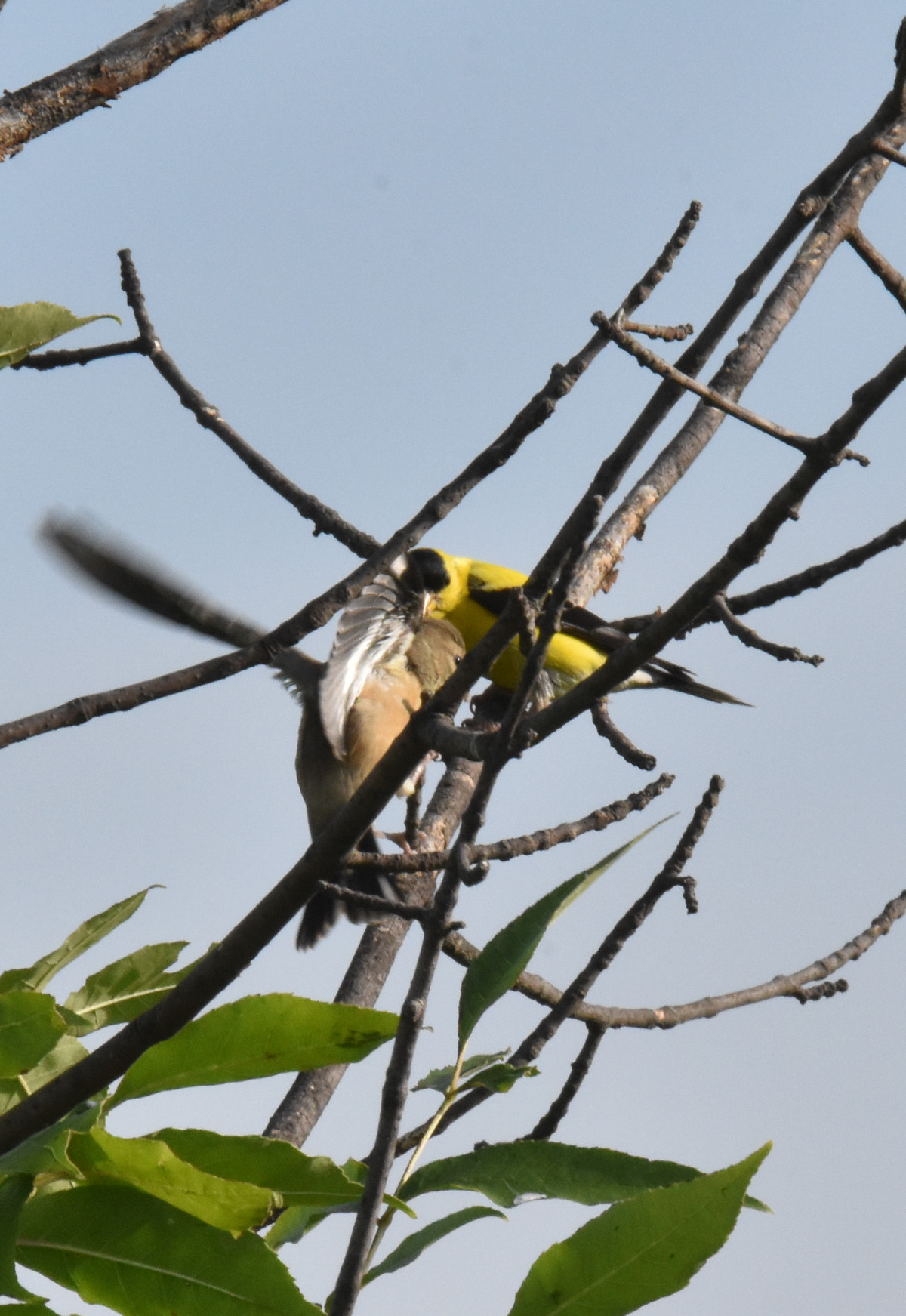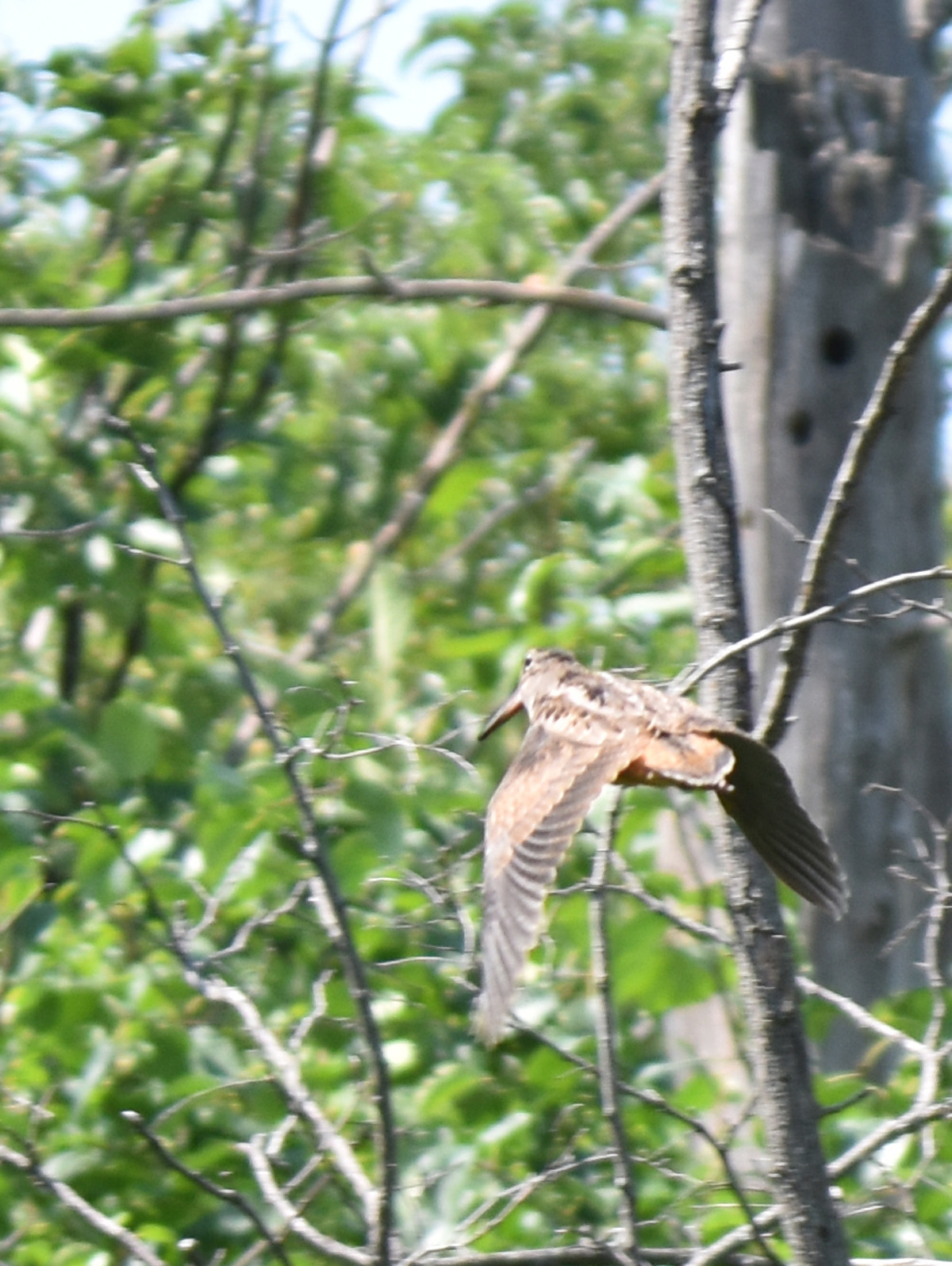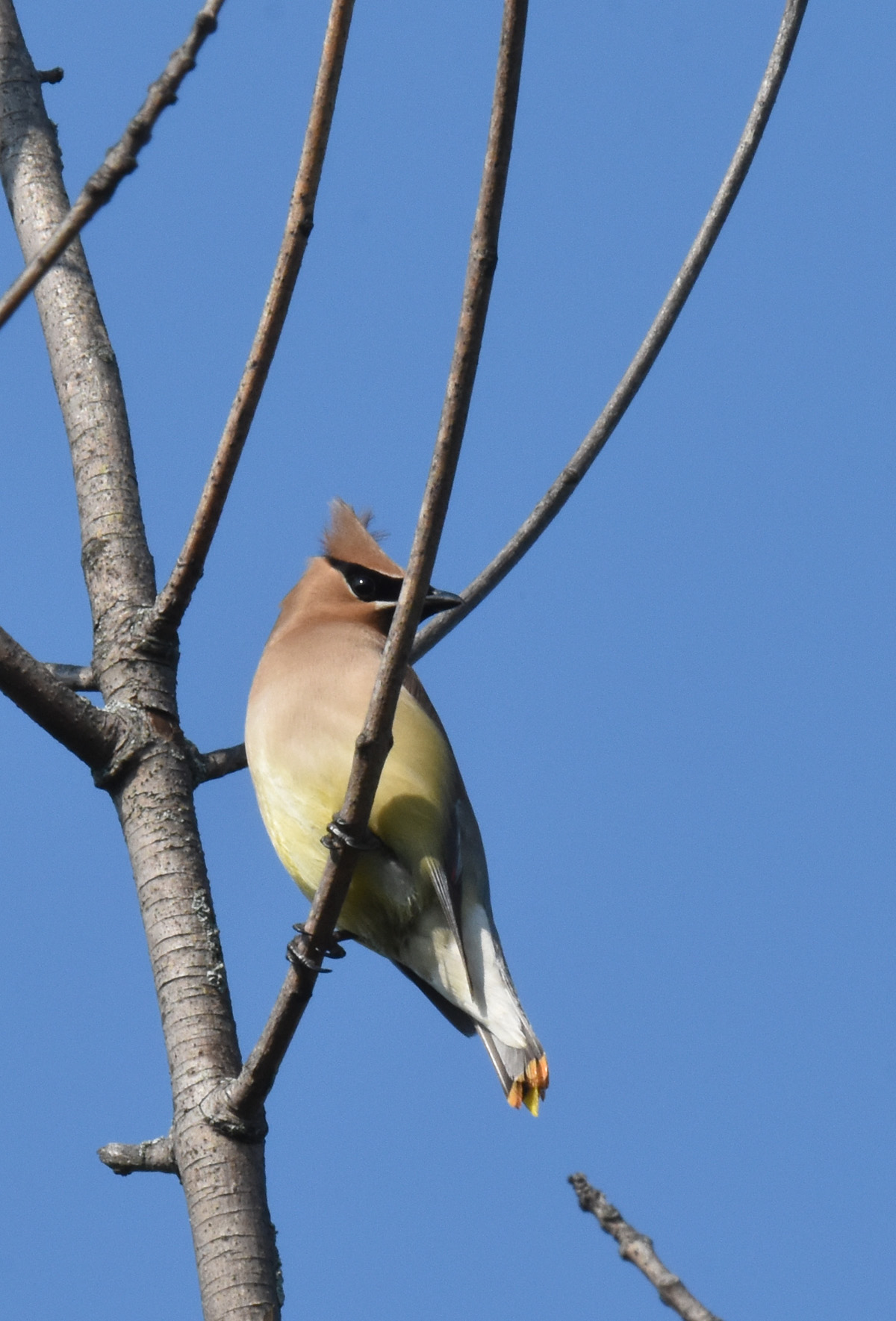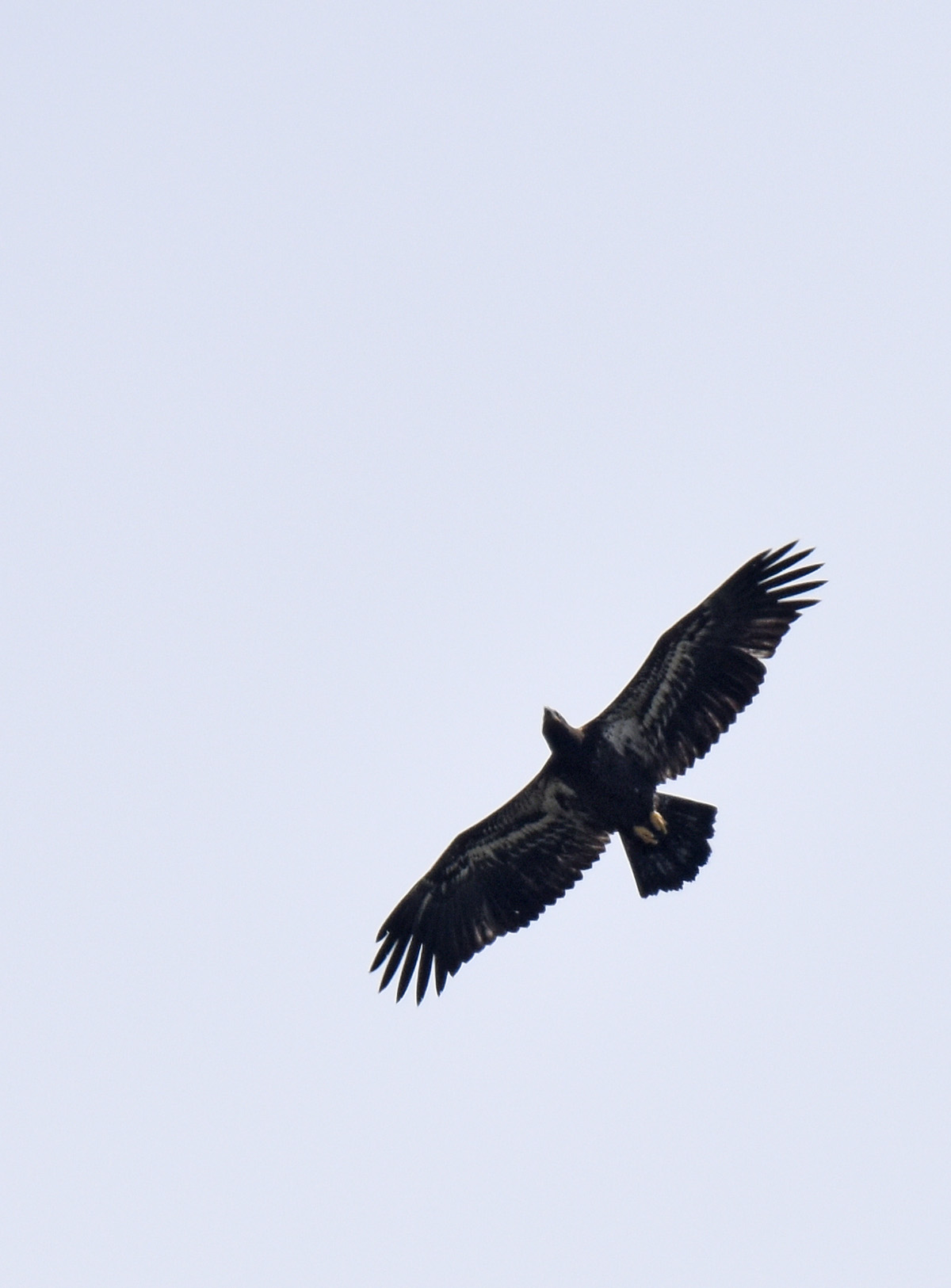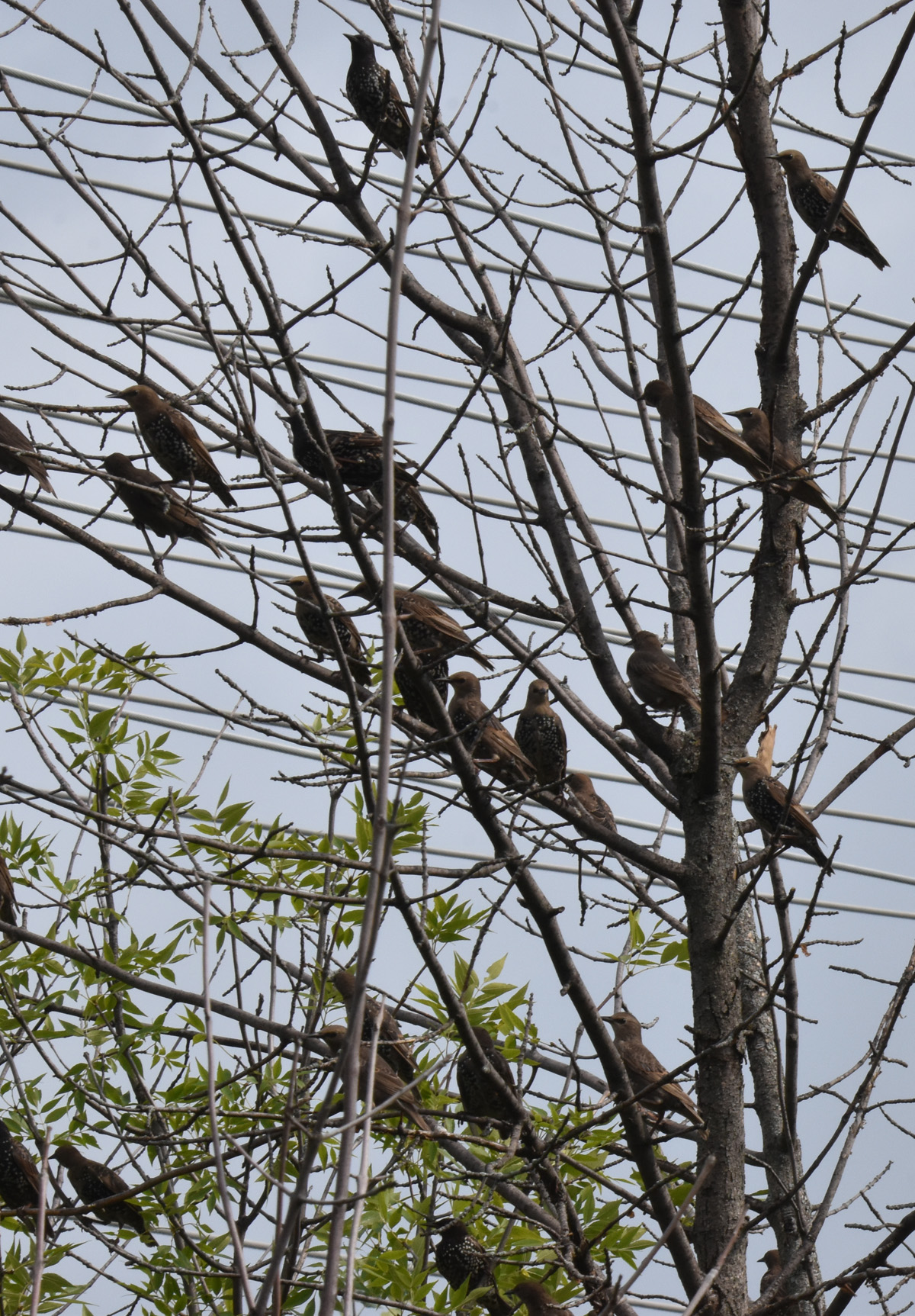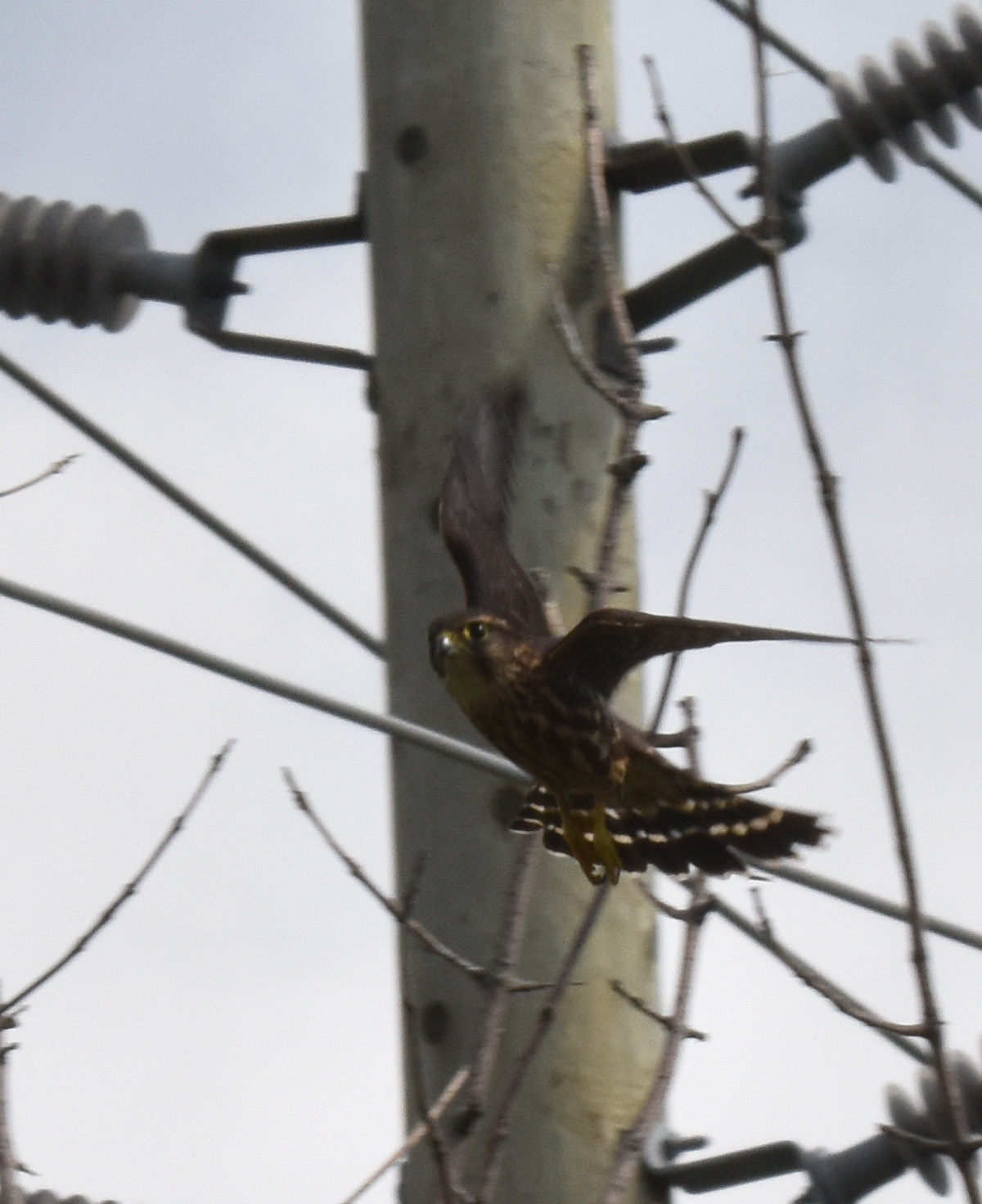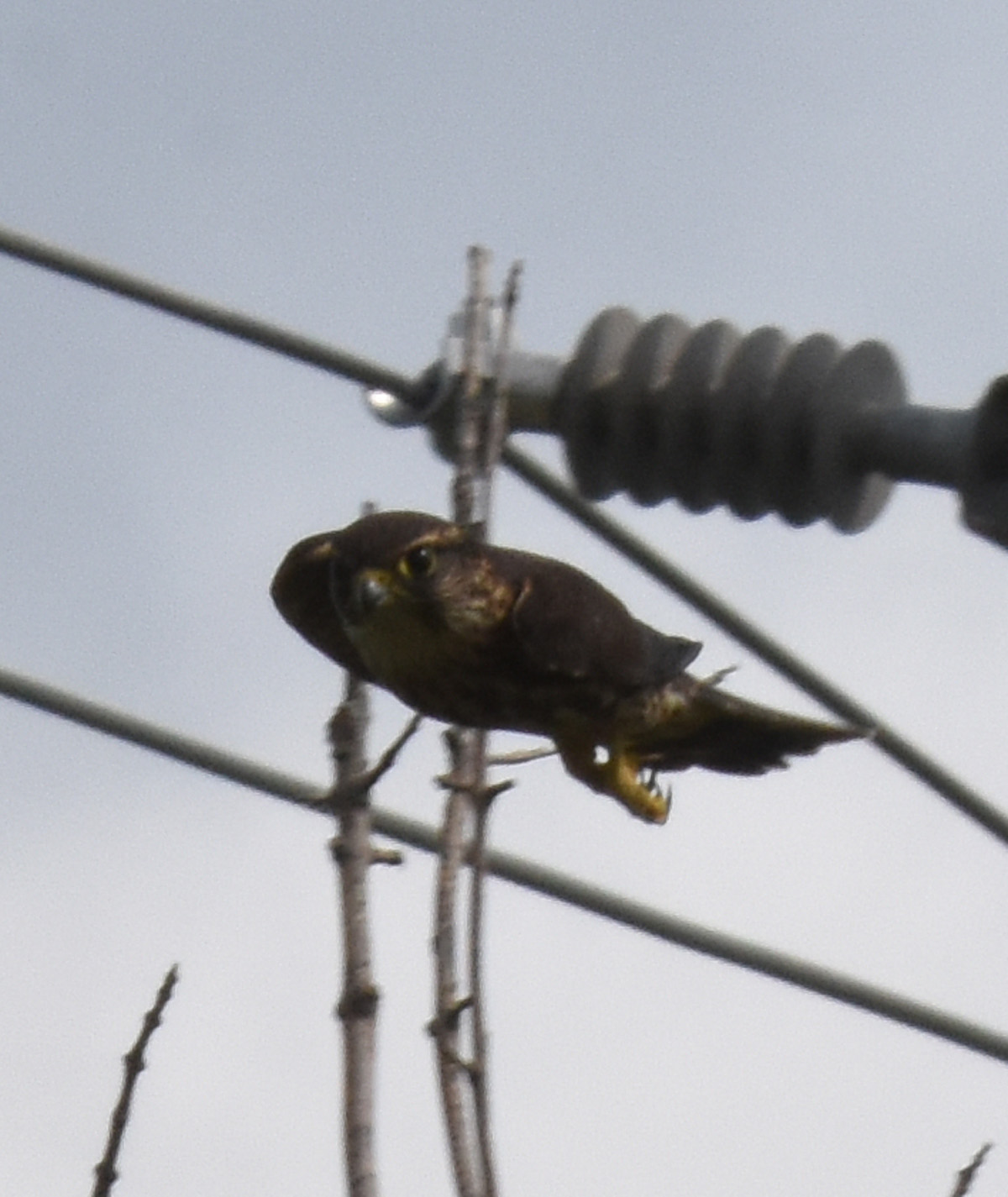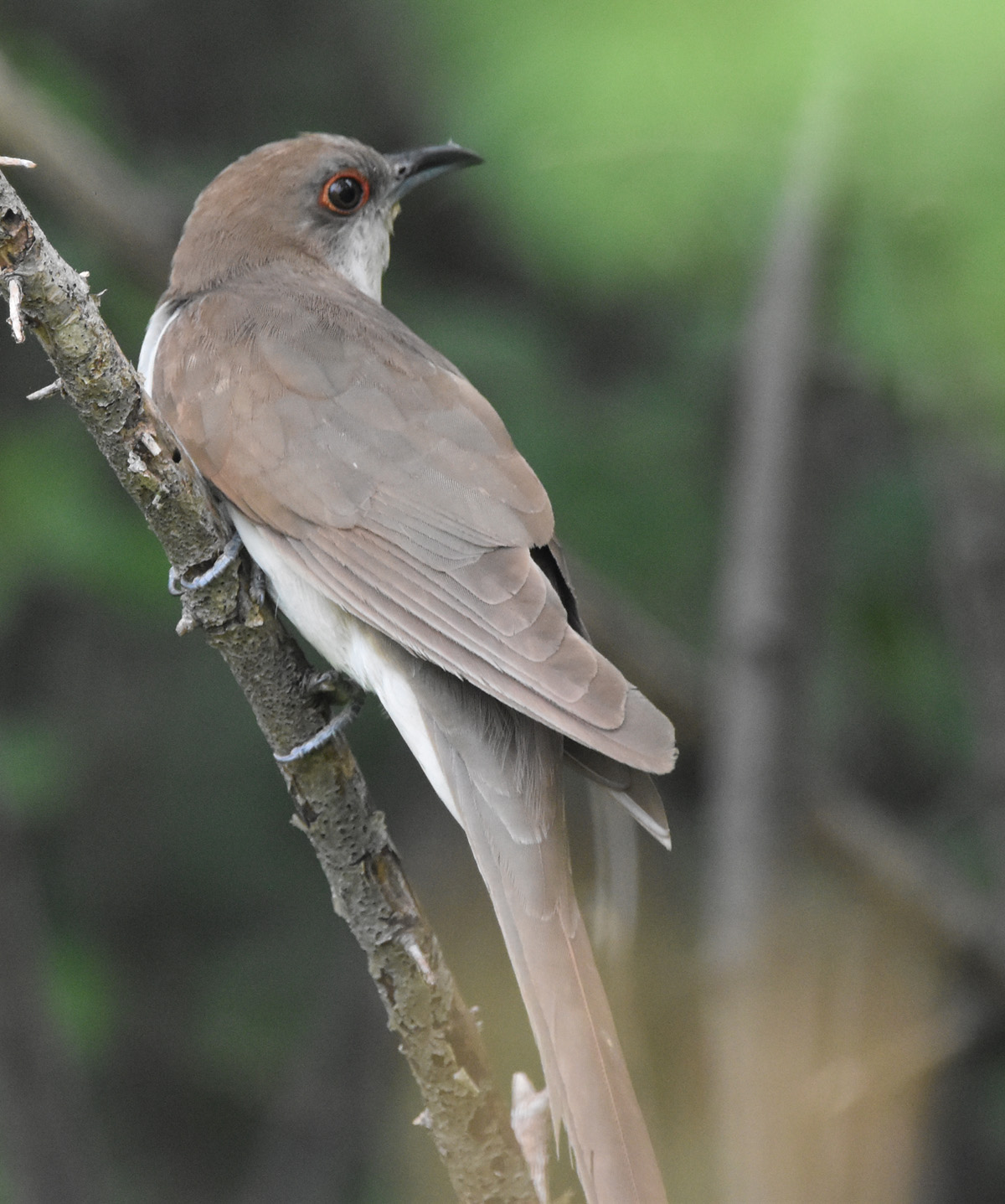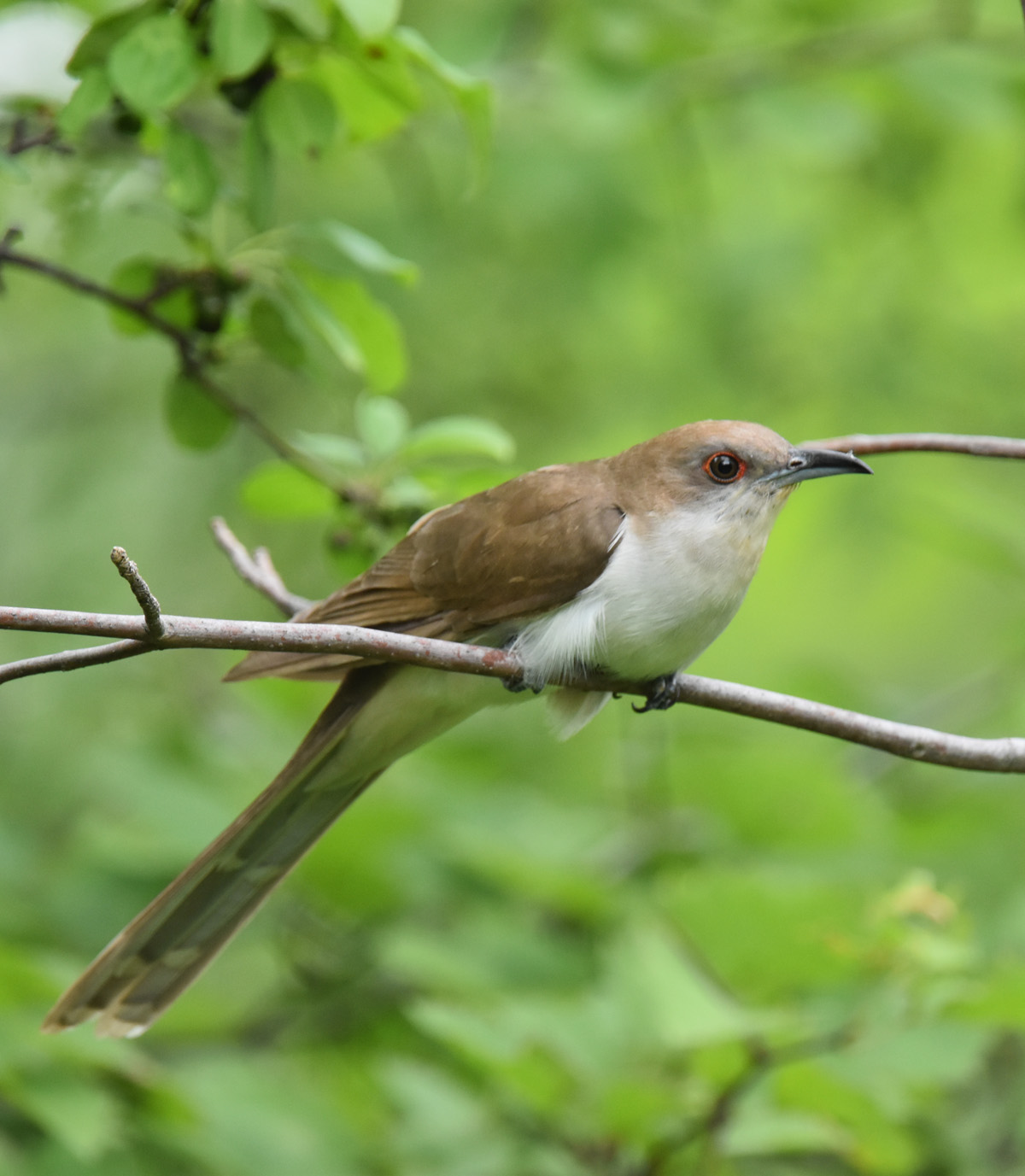I’ve been pretty busy the past couple of years so my walks have most often been along a trail beside a subdivision in my city less than a kilometre from my home. I don’t have to waste time driving to and from the trail but can get outside looking around and calming down almost immediately. It’s not a wild area or even a park–it is a trail through some currently undeveloped land adjacent to several large company offices that has over-grown with weeds, shrubs and trees plus there is a small woodlot that has not been cleared in about the last 100 years. I most often see the usual birds and creatures you’d expect on a city nature walk, but several times this spring and summer I have seen totally unexpected birds each of which made that particular day much happier and more memorable.
Birds I Expect to See on My Local City Nature Walk
I expect to see American Robins, Northern Cardinals, American Goldfinches, Red-winged Blackbirds, Song Sparrows and Grey Catbirds along my local dog-walking trail.
Even so, it’s interesting to see them raising their young successfully, singing and hunting for food.
This Northern Cardinal youngster kept calling hoping to be fed.
This American Goldfinch fledgling can fly and find its own seeds but it still prefers to be fed by its parent. It flutters its wings rapidly while calling to beg for attention and a snack.
Birds I Hope to See on My Local City Nature Walk
Very early in the spring, if you visit my bike and dog trail at dusk, you may hear something unusual. American Woodcocks seek partners here. They fly far up in the sky and fall towards the ground making a ufo kind of sound. Once back on the ground, they call to each other with an unmistakable “Peent” sound.
The only downside of listening to this display is that it is too dark to take any photos (and the birds move too quickly any way.)
I have often wondered when something shot off through the tangle of goldenrod, dogwood and asters whether it was a rat (ick), tree rat (ok Eastern Grey Squirrel), rabbit (Eastern Cottontail) OR one of these lovely American Woodcocks.
Well, this summer, I was sure because I flushed up at least two of them.
One flew rather awkwardly in an arc and landed in a Black Locust bush further away. Meanwhile the other, presumably the parent, stayed on the ground under some teasel a few metres ahead of me. It moved into a full “catch me I’m crippled” display: first a wing spread and dragging, then possibly because it was getting tangled in the weeds, spreading its tail. Only when it was sure I was following it did it sneak off further into the undergrowth and then fly away.
I’m pretty sure there was another younger bird back where the first had flown from, but I continued briskly up the trail away from it. I have no need to stress the bird or its family just for a better look. It’s enough to catch a glimpse and know that they are there.
Another bird I keep a watch for is Cedar Waxwings. They spend the summer here but not right along the trail.
Unexpected Bonus Birds Seen On My Local City Nature Walk
While I expect to see unusual birds during migration in April, May, September and October, I don’t really expect to see the unexpected in July and August. Yet this year, for just a few minutes, I’ve seen several interesting and unexpected birds while walking on my local city dog-walking and bicycling trail.
I heard the Red-tailed Hawk mewing one afternoon and looked up. It was circling up slowly on a thermal. A much larger raptor was rising with it. At first, I thought it was one of the resident Turkey Vultures. But it seemed larger than that and the colouring was wrong. There is a Turkey Vulture near Riverwood that has a lot of white feathers, so I couldn’t be sure till I got home.
When I looked at the photos on the computer, I realized as I’d hoped that it was actually an immature Bald Eagle. Definitely not a bird I expected to see in July several miles from the Lake and from any rivers–but very fitting that I saw it on the Fourth of July!
Another day, I was watching a large flock of European Starlings. They had been feeding on the ripening Grey Dogwood berries but most suddenly moved up into dead Ash Trees. I spotted a bird flying quickly towards them (and me) that could have been a Mourning Dove but it didn’t look right. It was also too small and the wrong tail shape to be the local Cooper’s Hawk.
It swooped towards the Starlings, nearly got tangled in the utility wires, buzzed them again, flew off in a large arc then came back one more time, before it gave up.
Again, at home I was able to confirm my suspicions that it was a Merlin. I’m pretty sure from the way it flew and the unsuccessful hunt that it was a young one.
Another extremely muggy hot August afternoon, I took a shortened walk on only the somewhat shady woodlot end of the trail. There was one large muddy puddle in an Enbridge truck rut. Several American Robins and Starlings were bathing, so I was approaching very slowly to let them keep splashing comfortably. While I stopped to watch, two birds started making very strange noises at the edge of the woods beside me. At first, I thought they might be young Blue Jays.
Then one moved and I saw the unusually long tail and the plain colouring of the bird. It was a Cuckoo!
Luckily for me, it decided to hunt through various small shrubs on both sides of the trail. Eventually I was able to see it clearly and get a photo. The other one stopped calling and I suspect it moved deeper into the wood lot.
Black-billed Cuckoos are not rare in Mississauga but they aren’t always easy to find and see. To get good clear looks at one for a few minutes during a fifteen-minute walk before I had to grocery shop was an unexpected pleasure.
As August fades into September, I’m expecting to see at least one interesting migrant a week, if I can keep up my walks. I know my odds of an unexpected encounter will increase with the amount of time I spend on the trail so I’ll have to sneak in as many walks as possible.Sounds good to me!
Related Reading
- Grey Catbirds Mew from the Bushes
- American Woodcock Protects Her Young (from Me)
- American Woodcocks in the Woods in Spring Snow
Join In
Have you seen something unexpected but appealing while on a city nature walk? Please share your experience with a comment.


